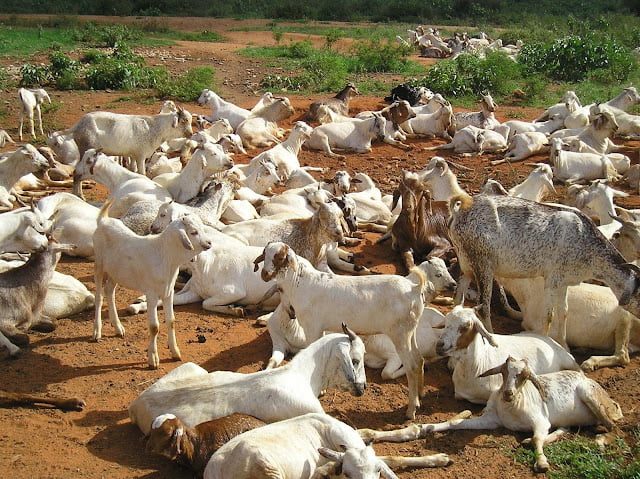The goat is a versatile animal. Goats were the first animals domesticated by man in 10,000 B.C. Most goats can be found in Asia and the Mid-East. Goats were the first animals to be used for milk by humans. There are over 210 breeds of goats in the world. There are approximately 450 million goats around the world. Goats were first brought to America by Columbus in 1493. The female goat is called a “doe” or “nanny.”The male goat is called a “buck” or “billy.”A castrated male goat is called…
Category: Porcine
Pig | Definition, Meaning, Description, Breeds,Management & Facts
Introduction Origin of pigs The pig is one of the oldest domesticated animals. It is found throughout the world especially in regions where there are no social or religious objections to pork consumption. As a young domesticated swine usually is pink or black animal with short legs and not much hair on its skin. Pigs are often kept on farms for their meat, which is called pork, ham, bacon, or gammon. The majority of the breeds we know are descended from the Eurasian Wild Boar (Sus scrofa). Archeological evidence from the Middle East indicates domestication of the pig occurs as early as 9,000 years ago, with some evidence for…
BEST METHODS OF GOAT BREEDING
The following are the basic factors to consider in goat breeding. The best breeding method. 1. Raise them in the best shed. 2. Choose goats according to their characteristics and the goal of breeding (production) meat or milk. 3. They should be fed the right food according to the goat’s age. 4. Taking into account the advice of a veterinary specialist, especially the way to control these diseases is very important. 5. Keeping records of production. 6. To produce quality meat or milk that meets the needs of the market.…
Pig Management – Birth to Weaning
Good care and management in the farrowing quarters has a major influence on the number of liveborn piglets that are weaned and on how well they perform in later stages of production. According to a 1995 survey of swine management practices in the United States, the average number of preweaning piglet deaths per litter on farms was .88 or 9.4% of those born alive. The two leading causes of preweaning deaths were laid on (48.7%) and starvation (20.5%). Other surveys have shown that over 50% of the deaths occur in…





